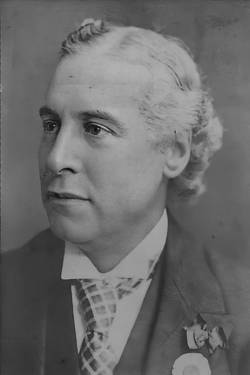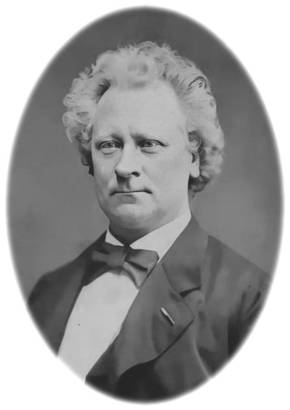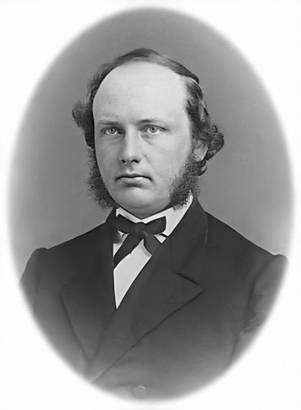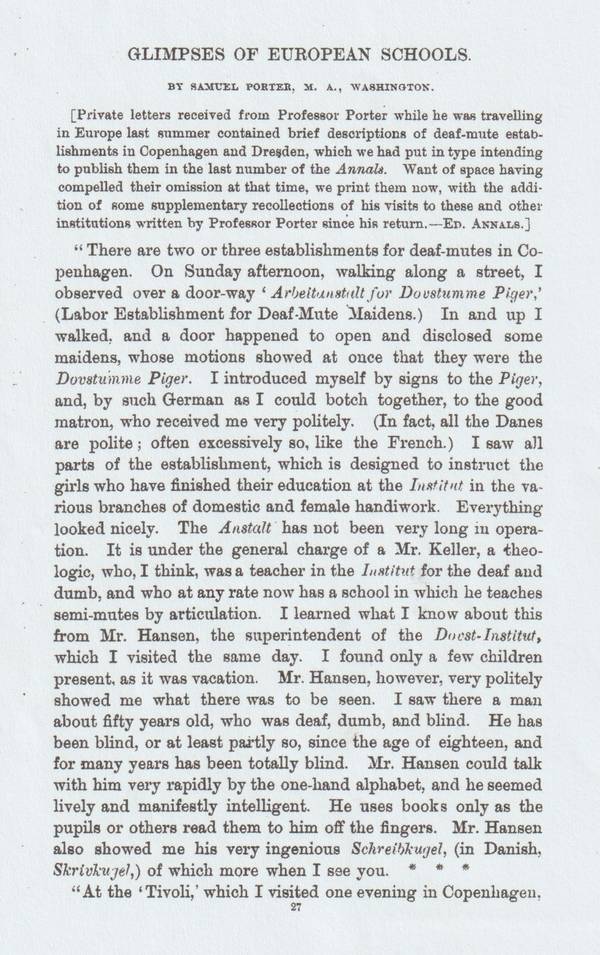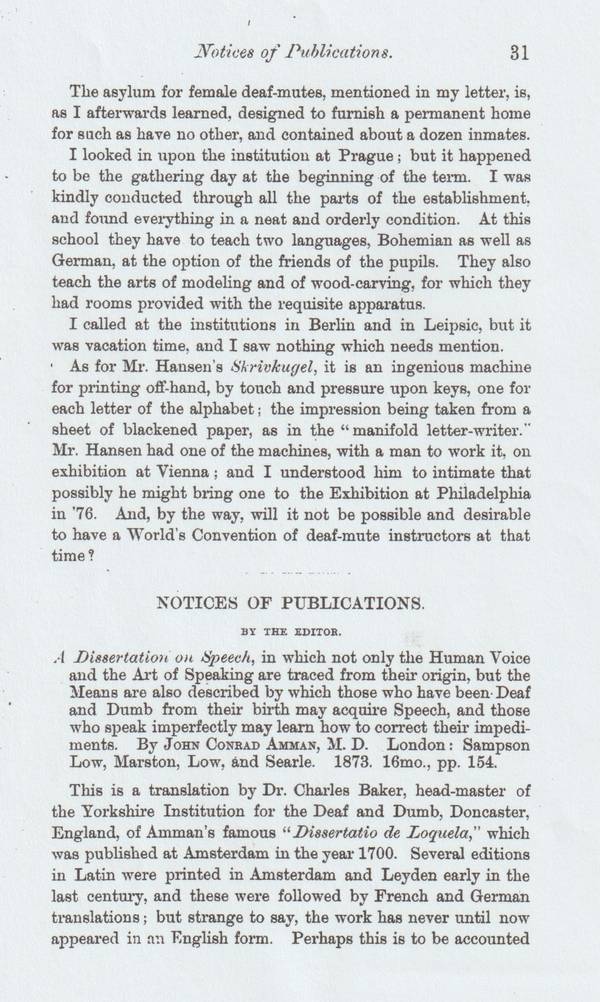American Annals of the Deaf and Dumb, vol.19, no.1, January 1874.
Research, transcription and comments by Jørgen Malling Christensen.
Illustrations by Sverre Avnskog.
I have not been able to find much information about the author of this interesting article. Samuel Porter was a professor of Mental Science and English Philology for 18 years, serving the National Deaf-Mute College. In total he worked for 50 years as an instructor of deaf-mutes before resigning in 1884.
The college was founded in 1864. In 1894 the name of the college was changed to Gallaudet College in honour of the Rev. Thomas Hopkins Gallaudet.
Professor Porter travelled in Europe during the summer of 1873, visiting similar institutions in Copenhagen and Dresden. His brief remarks about meeting Rasmus Malling-Hansen are highly interesting.
I have refrained my correcting the author’s spelling mistakes.
GLIMPSES OF EUROPEAN SCHOOLS.
BY SAMUEL PORTER, M.A., WASHINGTON
(Private letters received from Professor Porter while he was travelling in Europe last summer contained brief descriptions of deaf-mute establishments in Copenhagen and Dresden, which we had put in type intending to publish them in the last number of the Annals. Want of space having compelled their omission at that time, we print them now, with the addition of some supplementary recollections of his visits to these and other institutions written by Professor Porter since his return. – Ed. ANNALS.)
”There are two or three establishments for deaf-mutes in Copenhagen. On Sunday afternoon, walking along a street, I observed over a door-way ‘Arbeitsanstalt for Dovstumme Piger’[1] (Labor Establishment for Deaf-Mute Maidens.) In and up I walked, and a door happened to open an disclose some maidens, whose motions showed at once that they were Dovstumme Piger.
I introduced myself by signs to the Piger, and, by such German as I could botch together, to the good matron, who received me very politely. (In fact, all the Danes are polite; often excessively so, like the French.) I saw all parts of the establishment, which is designed to instruct the girls who have finished their education at the Institut in the various branches of domestic and female handiwork. Everything looked nicely.
The Anstalt has not been very long in operation. It is under the general charge of a Mr. Keller[2], a theologic, who, I think, was a teacher in the Institut for the deaf and dumb, and who at any rate now has a school in which he teaches semi-mutes by articulation.
I learned what I know about this from Mr. Hansen, the superintendent of the Dovst-Institut, which I visited the same day. I found only a few children present, as it was vacation. Mr. Hansen, however, very politely showed me what was there to be seen. I saw there a man about fifty years old, who was deaf, dumb and blind. He has been blind, or at least partly so, since the age of eighteen, and for many years has been totally blind.
Mr. Hansen could talk with him very rapidly by the one-hand alphabet, and he seemed lively and manifestly intelligent. He uses books only as the pupils or others read them to him off the fingers. Mr. Hansen also showed me his very ingenious Schreibkugel, (in Danish, Skrivkugel,) of which more when I see you.
--------(JMC: Text omitted)
As for Mr. Hansen’s Skrivkugel, it is an ingenious machine for printing off-hand, by touch and pressure upon keys, one for each letter of the alphabet; the impression being taken from a sheet of blackened paper, as in the “manifold letter-writer[3].” Mr.Hansen had one of the machines, with a man to work it, on exhibition at Vienna[4]; and I understood him to intimate that possibly he might bring one to the Exhibition at Philadelphia in ’76[5]. And, by the way, will it not be possible and desirable to have a World’s Convention of deaf-mute instructors at that time?
[1] JMC: This institution was established in 1869 after an initiative by Johan Keller. When professor Porter visited, it was situated at the address: Havnegade 37 in Copenhagen.
[2] JMC: Johan Keller, 1830-1884.
[3] JMC: The Manifold Writer was an invention patented by Ralph Wedgwood in Britain in 1806. It featured an agate-tipped stylus, a transparent sheet and a double-sided carbonated paper. I was used in England, South Africa and the United States in the period until the 1870s.
[4] JMC: In fact, Malling-Hansen exhibited 3 different models in Vienna, probably one of the cylinder models, the flat model and the takygraf.
[5] JMC: At the Philadelphia exhibition in 1876 Malling-Hansen exhibited two models: of the writing balls – probably the tall model from 1875 – and the takygraf.

